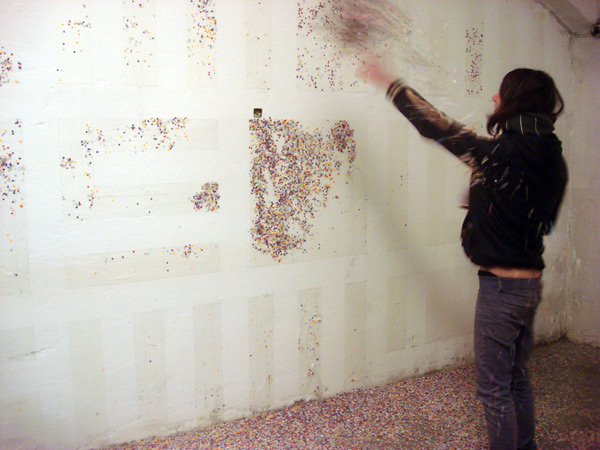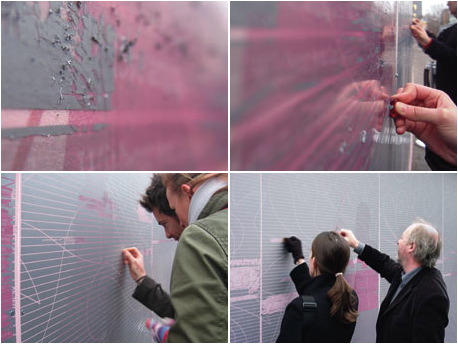!!!!!!!!!!!!!!!!!!
12 years ago
Printmaking/Drawing at Washington University









 This is one example of his works, and is something that may inspire many of us new, and or old printmakers.
This is one example of his works, and is something that may inspire many of us new, and or old printmakers.




3. OK artists really want to make great art,
they shoot for the stars, but their work ends up
being just OK. OK artists are OK with this.
4. Art enthusiasts and cynics alike, leave an
OK art exhibition saying "that was OK".
No one is blown away but they don't feel cheated either.
I ask them to take a poem
and hold it up to the light
like a color slide
or press an ear against its hive.
I say drop a mouse into a poem
and watch him probe his way out,
or walk inside the poem's room
and feel the walls for a light switch.
I want them to waterski
across the surface of a poem
waving at the author's name on the shore.
But all they want to do
is tie the poem to a chair with rope
and torture a confession out of it.
They begin beating it with a hose
to find out what it really means.




